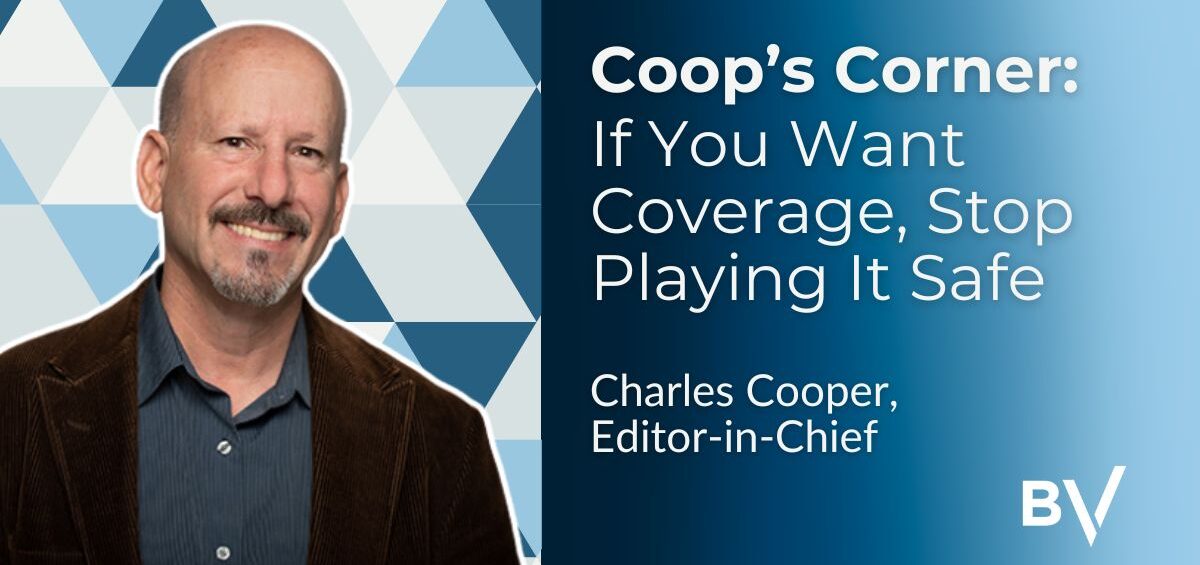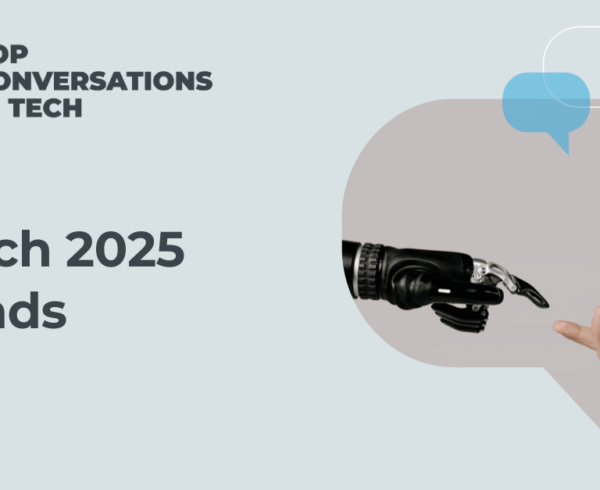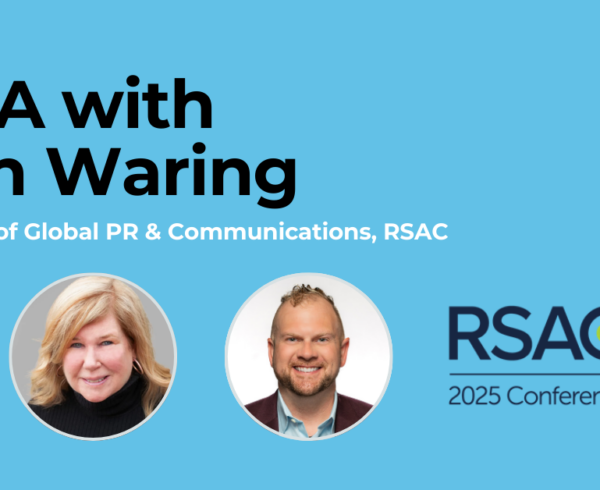In the fast-paced world of technology and business, one trend stands out like a glitch in the system: tech executives are delivering increasingly bland and uninspired commentary. This phenomenon, best described as “milquetoast communication,” has reached near-epidemic levels.
It wasn’t always like this. Over the years, I’ve noticed a significant decline in the number of executives willing to engage meaningfully. In countless interviews, too many seem content to retreat behind the walls of corporate jargon and canned responses, missing golden opportunities for thought leadership.
What Does It Take to Land Coverage?
Every interview request from a reporter is a chance for companies to offer real insights. Yet too often, executives respond with little more than corporate clichés. But what’s the point of saying nothing? If your answers are void of substance, why even agree to the interview in the first place?
Reporters aren’t looking for a regurgitation of your press releases. They crave new insights, thoughtful analysis, or at the very least, context that helps them craft a smarter article. If you offer genuine, honest answers, it not only strengthens your message but also builds rapport with the media.
“As a reporter, you usually go into an interview already fully aware of the official line,” says Evan Hansen, a veteran tech journalist who’s held top editorial positions at Wired Digital and Medium. “The goal is to find the gaps in that narrative—ideally with the voluntary participation of an interviewee who trusts that sharing part of the real story isn’t just safe but is the only viable path to credibility.”
It sounds so simple, and it should be. But when executives fall back into “suit mode,” terrified of even the slightest controversy, it’s a surefire way to lose interest—and lose the opportunity to get your message heard.
“CEOs are often over-lawyered, over-‘complianced,’ and overly worried about communications,” says Larry Dignan, former Editor-in-Chief of ZDNet and now head of Constellation Insights. “If I were them, I’d probably be the same way given the scrutiny.”
But the real killer, Dignan adds, is when contributed content is churned through the corporate mush machine. “We all know that three marketers, a communications person, and a merry band of lawyers wrote that CEO’s post,” he says.
The Power of a Pointed Perspective
The truth is, in an age where the noise is endless, only bold voices are heard. People who aren’t afraid to challenge and provoke with their opinions cut through the clutter. Sun Microsystems’ Scott McNealy mastered this. He understood the media relishes sharing strong, even controversial, views. When handled well, controversy sparks meaningful conversations (and juices readership, which is what every reporter and publication is after).
Not everyone has McNealy’s knack for the spotlight, and that’s okay. It’s not about creating controversy for the sake of clicks. Authenticity is more than enough. The tech industry is constantly in flux. Debates rage about which technologies will win or lose, and these battles matter. (For more, check out what McNealy had to say in this excellent interview with my colleague David Bailey.)
Billions of dollars are at stake, not to mention the future of industries and society itself.
There are real disagreements here, so why straddle the fence? If you’re willing to take a stand and offer a well-thought-out opinion, people will notice. It’s the only way to be taken seriously in today’s competitive media landscape.
A Final Word to Tech Executives
To all the tech executives out there: Stop playing it safe. You didn’t get to where you are by avoiding difficult conversations or by shying away from tough issues. The media wants to help readers understand where the world is headed. If you want to make an impact, it’s time to ditch the script and answer the questions directly.
Your readers—and your customers—will thank you.











